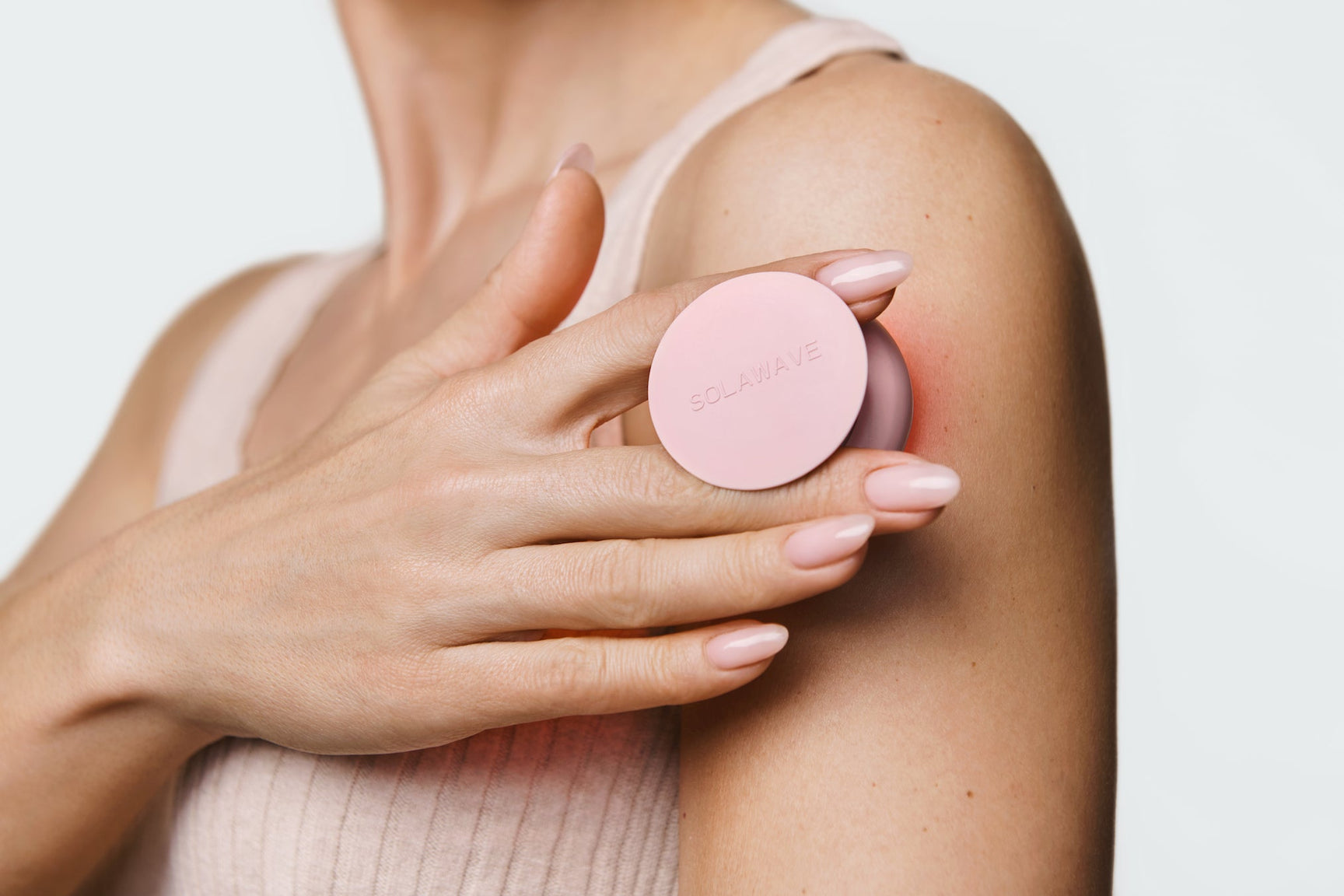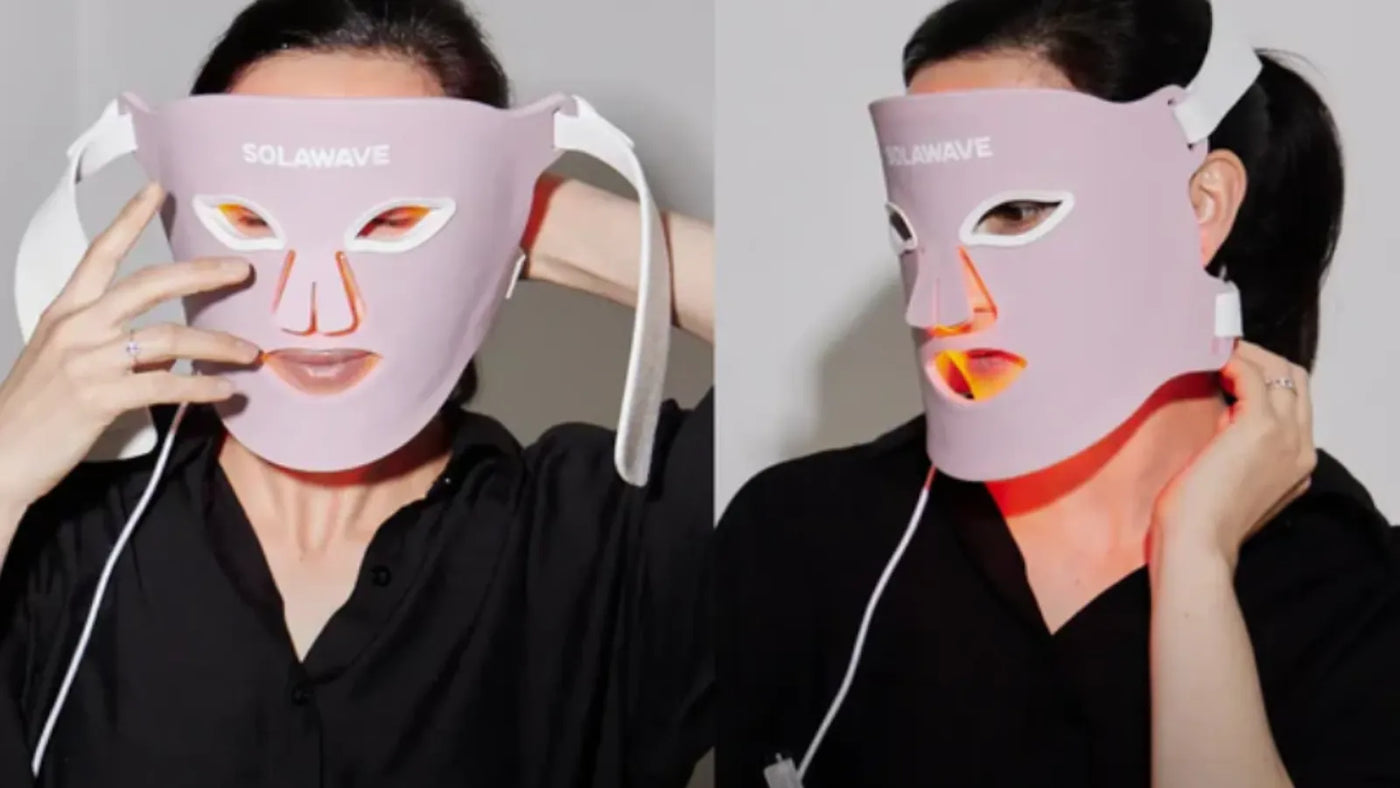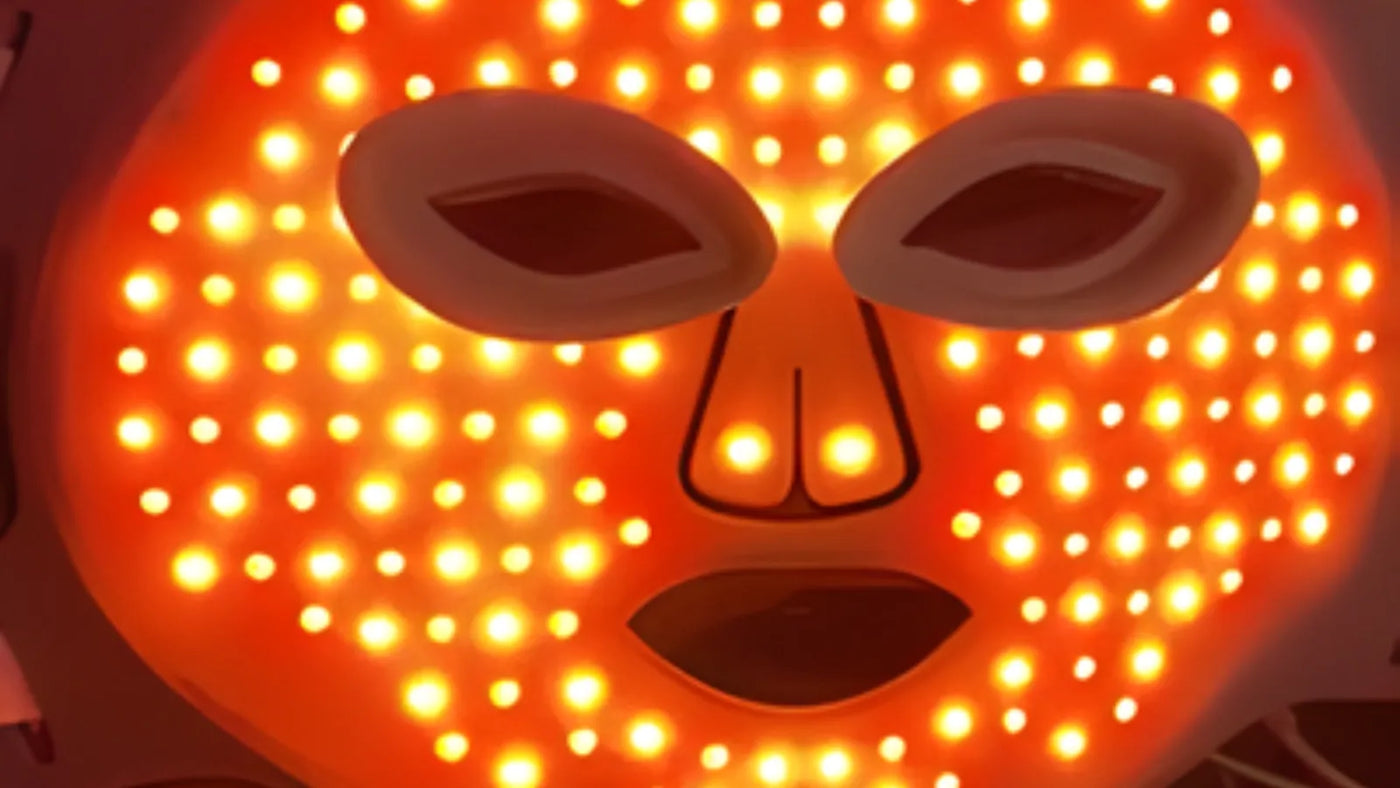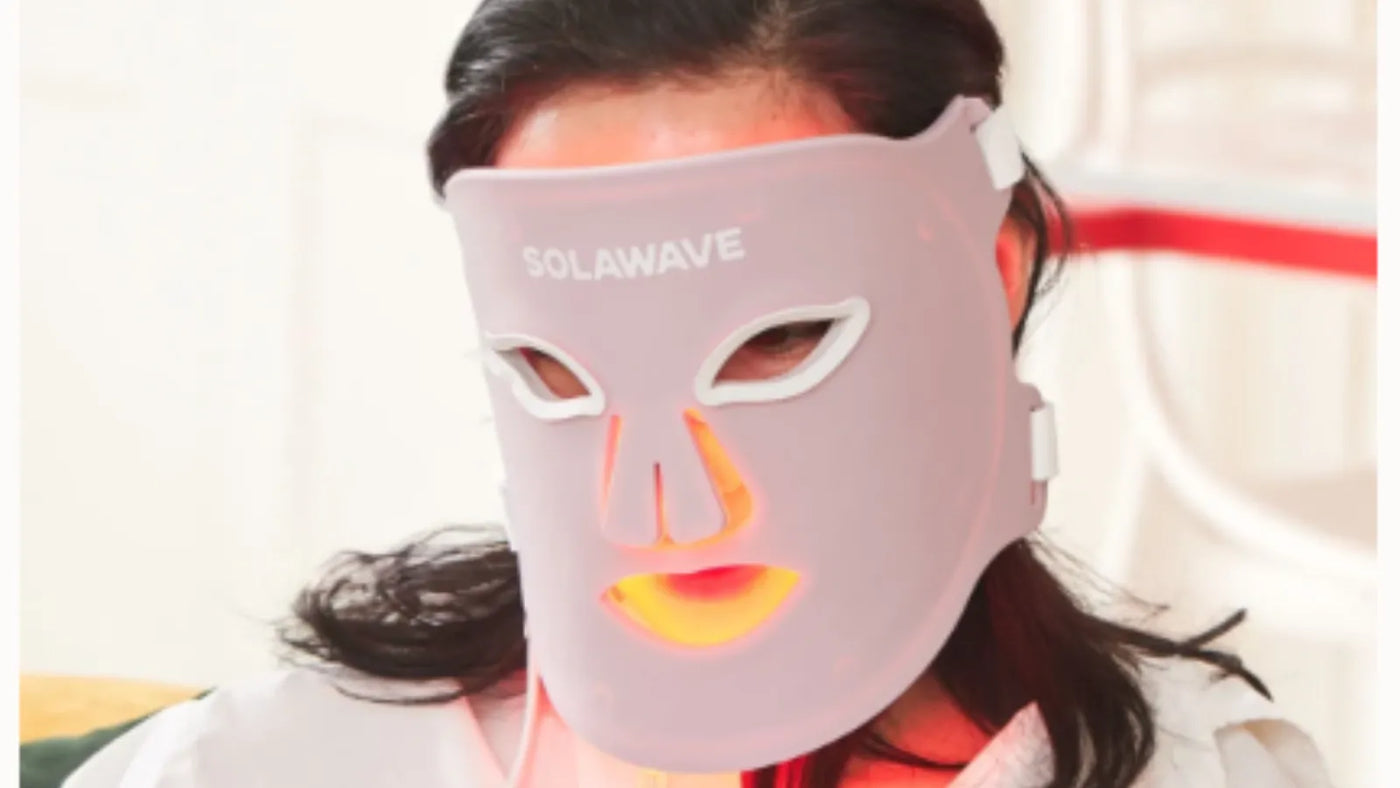

Microcurrent for Skin: Everything To Know
Microcurrent technology has become a popular option for those looking to support healthy, vibrant skin without invasive procedures. This guide will help you understand how microcurrent works, what to expect from treatments, and how it may fit into your skincare routine.
What Is Microcurrent for Skin Care?
Microcurrent therapy is a non-invasive skincare technique that uses low-level electrical currents to stimulate the skin and underlying facial muscles. These gentle currents are designed to mimic the body’s natural electrical signals, supporting the skin’s natural processes. Microcurrent devices, which range from professional machines to handheld at-home tools, deliver these currents through small probes or electrodes placed on the skin.
The use of microcurrent in skincare began in medical settings, where it was originally developed to help with muscle rehabilitation. Over time, its potential for enhancing facial appearance was recognized, leading to its adoption in spas and dermatology clinics. Today, microcurrent technology is widely available for both professional treatments and home use, offering a convenient option for those seeking to support their skin’s appearance.
How Does Microcurrent Work on Skin?
Microcurrent devices emit very low levels of electrical current—typically measured in microamperes—that are similar to the natural bioelectricity found in your body. When applied to the skin, these currents target the facial muscles and the deeper layers of the skin, encouraging a gentle stimulation that can help support natural cellular activity.
As the microcurrent passes through the skin, it interacts with muscle fibers, encouraging them to contract and relax in a way that can help maintain facial tone. It also influences skin cells, supporting processes like ATP (adenosine triphosphate) production, which is essential for cellular energy. During a microcurrent treatment, you might feel a mild tingling or a gentle pulsing sensation, but most people find the experience comfortable and relaxing.
Potential Benefits of Microcurrent for Skin Care
Many people turn to microcurrent treatments to enhance the appearance of their skin without invasive procedures. One of the most notable effects is the visible improvement in facial tone and contour, which can help your face look more lifted and defined. Microcurrent therapy is also known for its ability to temporarily reduce the appearance of fine lines and wrinkles, giving the skin a smoother, more youthful look.
In addition to these visible changes, microcurrent can boost your skin’s radiance and overall vitality, leaving you with a refreshed and energized complexion. Because the treatment is gentle and non-invasive, it’s suitable for most skin types and can be incorporated into regular skincare routines without significant downtime or discomfort.
Microcurrent vs. Galvanic Current: What’s the Difference?
In skincare, both microcurrent and galvanic current technologies use electrical energy, but they serve different purposes and deliver unique benefits.
Galvanic current is a continuous, direct current that is primarily used to support the penetration of skincare products into the deeper layers of your skin. Galvanic current devices create a gentle electrical flow that helps drive active ingredients from serums or gels more effectively, maximizing their absorption and potential benefits.
Microcurrent, on the other hand, uses low-level, alternating electrical currents to stimulate facial muscles and skin cells. Its main goal is to support facial toning, contouring, and overall skin vitality by mimicking the body’s natural electrical signals.
If your primary focus is lifting and firming the appearance of your skin, microcurrent is the preferred choice. If you want to boost the effectiveness of your topical skincare products, galvanic current can be a valuable addition to your routine. Some advanced devices even combine both technologies, allowing you to tailor treatments to your specific skincare goals.
What to Expect During a Microcurrent Facial
A professional microcurrent facial typically begins with a thorough cleansing of your skin to remove any makeup, oil, or impurities. Next, a conductive gel is applied to help the microcurrent device glide smoothly and ensure optimal delivery of the electrical currents. The practitioner then moves the device’s probes or wands across targeted areas of your face, following the natural contours and muscle groups. The process is gentle, and you may feel a mild tingling or pulsing sensation, but it’s generally comfortable and relaxing.
At-home microcurrent devices are designed for ease of use and often come with step-by-step instructions. You’ll usually apply a conductive gel, glide the device over your skin as directed, and follow a routine that takes about 5 to 20 minutes per session. For best results, consistency is key—many people start with several treatments per week and then reduce frequency for maintenance.
Frequently Asked Questions About Using Microcurrent for Skin Care
Is microcurrent safe for everyone? Microcurrent is generally safe for most people, but it’s not recommended if you have a pacemaker, are pregnant, or have certain medical conditions. Always check with your healthcare provider if you’re unsure.
Will I see results right away? Some people notice a visible lift or glow after just one session, but optimal results typically develop with regular use over several weeks.
Does microcurrent hurt? Most users find microcurrent treatments painless. You might feel a slight tingling or muscle twitching, but discomfort is rare.
Can I use microcurrent with other skincare treatments? Yes, microcurrent can complement many skincare routines. Just be sure to follow device instructions and avoid using it on irritated or broken skin.
How do I choose the right microcurrent device? Look for devices that are FDA-cleared and come with clear usage guidelines. Consider your skin goals, budget, and how much time you can commit to treatments.
Conclusion
Microcurrent therapy offers a gentle, non-invasive way to support your skin’s appearance, helping to enhance facial tone, contour, and radiance. By understanding the differences between microcurrent and galvanic current, you can choose the right technology to fit your skincare goals. As with any new treatment, it’s important to do your research and consult with a skincare professional to ensure microcurrent is a safe and effective option for you. With the right approach, microcurrent can become a valuable addition to your skincare routine.
Sources:






















